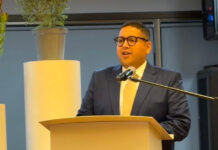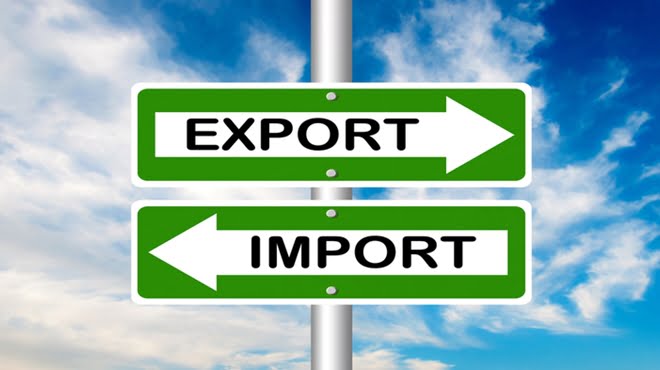Coface, the international trade credit insurer, in its 2017 Africa business credit risk rating review has upgraded Kenya’s business credit risk from B to A4 (reasonable business credit risk) and Ghana from C to B (fairly high business credit risk).
Coface says South Africa remains under pressure with poor growth and has rated the country at C (high business credit risk). The report says that smaller countries in sub-Saharan Africa are faring better than larger economies.
Coface says Ghana passed its democratic maturity test in December and now has a good level of public finance management while Kenya has seen a boost in tourism and increased public investment.
The report sees Namibia’s exports increasing in 2017, especially uranium, copper and diamonds. Coface says Namibia’s uranium production will increase sharply due to the increased capacity at the Husab mine, making the country the world’s third largest uranium producer.
More broadly, Namibia’s mining sector is expected to pick up against a backdrop of moderate increases in the prices of resources. Specifically, increased production at the Otjikoto gold mine and Tschud copper mine which were commissioned in 2015. Diamond mining is also expected to recover.
The IMF says its global raw materials index is expected to increase by 11% in 2017, compared to a 10% fall in 2016.
Malawi, rated D (very high business credit risk) experienced a decline in economic activity in 2016 due to the drought. The agriculture sector represents 30% of GDP.
Nigeria (D) is expected to experience weak growth in 2017 while Coface expects Angola (D) to experience a slow recovery in activity in 2017 due to the oil sector accounting for almost 40% of GDP.
Botswana (A4) is expected to see a small improvement in GDP partly due to an expected improvement in the diamond price. Coface says the DRC (D) budget balance is expected to return to surplus in 2017 driven partly by improvements in the copper price.
Mozambique was recently downgraded to the highest risk level of “E” due to government payment defaults. In January, the country defaulted on a $60 million interest payment to bondholders and the political stability remains precautious, says Coface.
Mozambique missed a $119 million payment due late March 2017 on a loan Credit Suisse Group AG arranged, the second debt repayment the government failed to make in as many months. The $622 million facility was taken out by state-owned ProIndicus and was supposed to fund the purchase of boats and radar systems to protect the country’s Indian Ocean coastline, where companies including Italy’s Eni SpA and US-based Anadarko Petroleum have large offshore gas reserves.
Coface says that Africa continues to be dependent on Eurozone, Chinese and worldwide growth. According to Coface’s estimates, global growth weakened for the second consecutive year in 2016 at 2.5%. In 2017, marginally higher growth is expected at +2.7%.
This is especially due to the upturn in activity in emerging economies (+4.1% in 2017, up from +3.7% in 2016) and the economic recovery in Brazil and Russia which will offset China’s gradual economic deceleration.
Coface expects GDP growth in advanced economies to hold steady at 1.6% with the slowdown in the United Kingdom being compensated by the resilience of the Eurozone and the slight improvement in US economic activity.
China will remain subject to the same issues in 2017 as in 2016. “As the Chinese government is not yet ready to trim its level of support for the economy, it would seem that reducing the country’s imbalances is not a priority. This has been demonstrated by the increase in the private non-financial debt/GDP ratio of +20 GDP pts between June 2015 and June 2016, according to the Bank of International Settlements,” says Coface.
Risk of businesses defaulting
- A1 – Very low
- A2 – Low
- A3 – Quite acceptable
- A4 – Acceptable
- B – Significant
- C – High
- D – Very high
- E – Extreme















